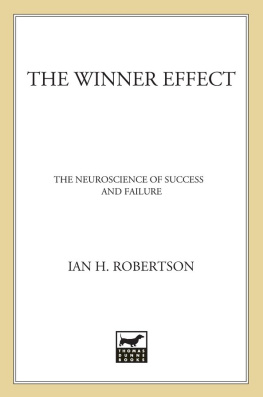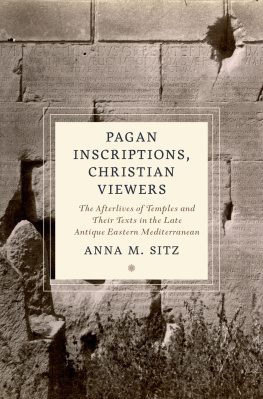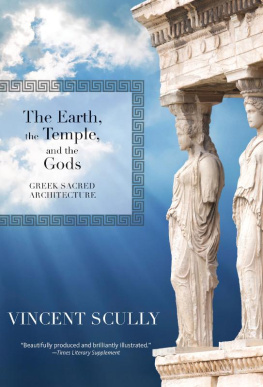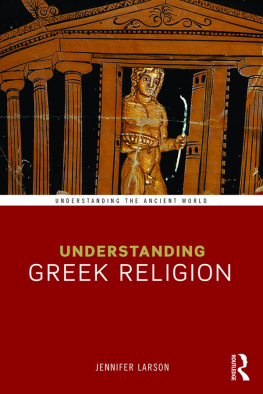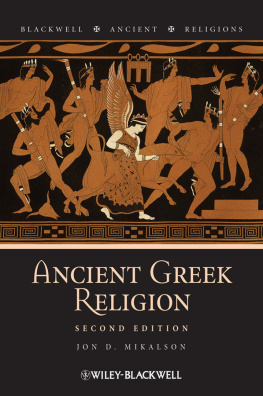Robertson - Religion and reconciliation in Greek cities : the sacred laws of Selinus and Cyrene
Here you can read online Robertson - Religion and reconciliation in Greek cities : the sacred laws of Selinus and Cyrene full text of the book (entire story) in english for free. Download pdf and epub, get meaning, cover and reviews about this ebook. City: Ne, year: 2009, publisher: Oxford University Press, USA, genre: Home and family. Description of the work, (preface) as well as reviews are available. Best literature library LitArk.com created for fans of good reading and offers a wide selection of genres:
Romance novel
Science fiction
Adventure
Detective
Science
History
Home and family
Prose
Art
Politics
Computer
Non-fiction
Religion
Business
Children
Humor
Choose a favorite category and find really read worthwhile books. Enjoy immersion in the world of imagination, feel the emotions of the characters or learn something new for yourself, make an fascinating discovery.
- Book:Religion and reconciliation in Greek cities : the sacred laws of Selinus and Cyrene
- Author:
- Publisher:Oxford University Press, USA
- Genre:
- Year:2009
- City:Ne
- Rating:4 / 5
- Favourites:Add to favourites
- Your mark:
Religion and reconciliation in Greek cities : the sacred laws of Selinus and Cyrene: summary, description and annotation
We offer to read an annotation, description, summary or preface (depends on what the author of the book "Religion and reconciliation in Greek cities : the sacred laws of Selinus and Cyrene" wrote himself). If you haven't found the necessary information about the book — write in the comments, we will try to find it.
At Selinus, a large lead tablet with two columns of writing upside down to each other is thought to be a remedy for homicide pollution arising from civil strife, but most of it remains obscure and intractable. The gods who are named and the ritual that is prescribed have been misinterpreted in the light of literary works that dwell on the sensational. Instead, they belong to agrarian religion and follow a regular sequence of devotions, the upside-down columns being reversed midway through the year with magical effect. Gods and ritual were selected because of their appeal to ordinary persons. Selinus was governed by a long enduring oligarchy which made an effort, appearing also in the economic details of sacrifice, to reconcile rich and poor.
At Cyrene, a long series of rules were displayed on a marble block in the premier shrine of Apollo. They are extremely diverse - both costly and trivial, customary and novel - and eighty years of disputation have brought no agreement as to the individual meaning or general significance. In fact this mixture of things is carefully arranged to suit a variety of needs, of rich and poor, of citizens of long standing and of new-comers probably of Libyan origin. In one instance the same agrarian deities appear as at Selinus. It is the work once more of a moderate oligarchy, which on other evidence proved its worth during the turbulent events of this period.
Religion and Reconciliation in Greek Cities provides a revised text and a secure meaning for both documents, and interprets the gods, the ritual, and the social background in the light of much comparative material from other Greek cities. Noel Robertsons approach rejects the usual assumptions based on moralizing literary works and in doing so restores to us an ancient nature religion which Greek communities adapted to their own practical purposes
Robertson: author's other books
Who wrote Religion and reconciliation in Greek cities : the sacred laws of Selinus and Cyrene? Find out the surname, the name of the author of the book and a list of all author's works by series.



